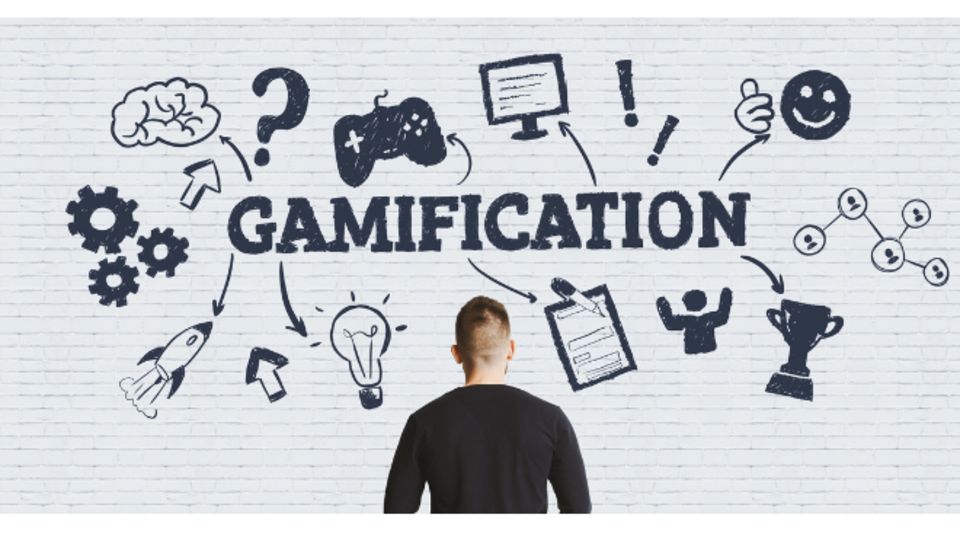Using Gamification to Improve Scrum Practices
Gamification — the process of applying game-like elements in non-gaming contexts — has recently gained widespread popularity. In the context of Agile and Scrum, gamification is an effective tool for team transformation, particularly in terms of engagement, collaboration, and productivity. The use of points, rewards, and challenges can make Scrum practices more engaging and efficient, resulting in better outcomes.
Why Gamification Works in Scrum
Scrum teams often face challenges like low motivation, poor collaboration, and difficulty applying Agile principles consistently. Gamification addresses these issues by making Scrum activities more interactive and fun. By leveraging the human desire for competition, achievement, and recognition, gamification motivates teams to participate actively and collaborate effectively.
When Scrum activities such as daily stand-ups or sprint reviews are gamified, team members tend to engage more fully. For example, a points system can be introduced to reward task completion within set timelines, or a "Scrum Champion" can be recognized at the end of each sprint. These approaches foster healthy competition, encourage accountability, and create a sense of achievement.
Key Gamification Strategies for Scrum
1. Sprint Goals as Challenges
Framing sprint goals as "missions" or "quests" adds an element of excitement and creativity to goal-setting. Breaking down larger goals into smaller, more manageable milestones ensures steady progress while maintaining a sense of accomplishment and momentum.
2. Leaderboards & Rewards
Introducing a basic leaderboard to track individual or team contributions can inspire friendly competition. Rewards, whether symbolic (e.g., badges) or tangible (e.g., gift cards), can further motivate team members to strive for excellence. Public recognition on the leaderboard reinforces a positive feedback loop.
3. Gamified Retrospectives
Gamifying the Scrum retrospective adds an element of fun and engagement to this crucial activity. Tools like Agile Poker or "retrospective wheels," where team members spin for random discussion topics, can keep retrospectives lively and interesting. This approach encourages creativity and helps uncover actionable insights.
4. Recognition Programs
In Scrum, acknowledging achievements such as problem-solving or continuous improvement fosters positive behaviors. During sprint reviews or retrospectives, recognizing and rewarding contributions motivates team members and sets a standard for high performance. Public recognition within the team can boost morale and drive ongoing improvement.
5. Interactive Training & Onboarding
Gamifying the onboarding process for new Scrum team members ensures they quickly absorb Agile principles and Scrum practices. Interactive simulations or role-playing games can make training sessions more memorable and engaging, helping newcomers to feel integrated and empowered.
Benefits of Gamifying Scrum Practices
1. Enhanced Engagement
Gamification transforms routine Scrum activities into exciting challenges, maintaining high levels of motivation and involvement throughout the sprint. This keeps team members actively engaged and encourages continuous participation.
2. Improved Collaboration
Game-like elements often require participants to collaborate in order to achieve collective goals. By fostering teamwork, gamification enhances communication and strengthens the bonds between team members, improving overall collaboration.
3. Increased Productivity
Gamification motivates team members to complete tasks on time and strive for innovation. By rewarding timely task completion and creative solutions, gamification can increase productivity without sacrificing quality.
4. Improved Retrospective Outcomes
Gamified retrospectives promote creativity and openness, leading to actionable feedback and continuous improvement. By adding variety and engagement to these sessions, teams can identify improvements more effectively and implement changes with enthusiasm.
Caution in Applying Gamification
While gamification offers several benefits, it must be applied thoughtfully. Too much competition can lead to unhealthy rivalries, and an overemphasis on rewards may undermine intrinsic motivation. It's important to strike a balance between fun and productivity to ensure long-term benefits. When implemented correctly, gamification enhances team dynamics and reinforces Agile principles without overshadowing core objectives.
Conclusion
Incorporating gamification into Scrum practices can significantly enhance team engagement, collaboration, and productivity. Creative application of game-like elements into routine Scrum activities transforms the way tasks are approached, making the process more rewarding and enjoyable. When carefully implemented, gamification becomes a powerful tool to boost the effectiveness and enjoyment of Agile workflows.
